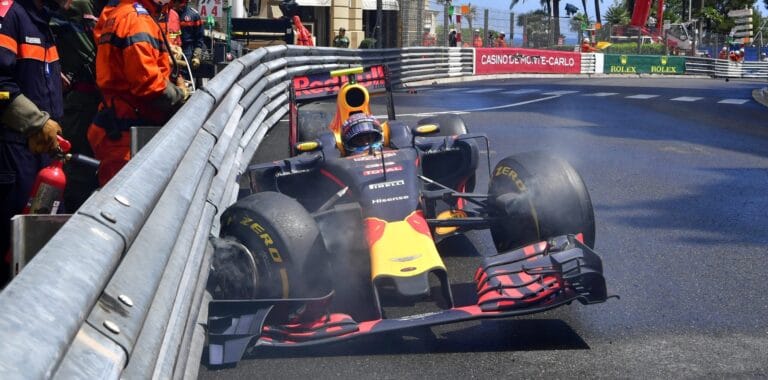Haas team principal Ayao Komatsu is far from satisfied with the stint limit being enforced during the Qatar Grand Prix. During the 57-lap Grand Prix, drivers are allowed to drive a maximum of 25 laps per set of tires, effectively making a two-stop strategy mandatory. This measure was introduced due to concerns that the tire material would become too weak over time. According to Komatsu, this is not the right approach.
Komatsu is baffled by Pirelli’s decision. “I disagree with these artificial limits,” says the team principal. “Pirelli is simply scared after last year’s problems. They thought with the one-stop strategy: ‘They’re not going to do that, are they? Oh no, they are.’ Now they’ve set a limit to make a one-stop strategy impossible.” According to the team principal, this undermines the essence of Formula 1. “I don’t think we should do this in a sport. We often talk about avoiding boring one-stop strategies, but artificial rules – like we saw earlier in Monaco and in Qatar – ruin the race.”
Komatsu emphasizes that the problem does not lie with the one-stop strategy itself, but with the lack of strategic variation. He cites recent race weekends as examples. “Look at Brazil and Mexico – you immediately see how exciting a race can become when tire wear makes the difference between one or two stops, or even two or three stops,” he explains. “When multiple strategies are viable, that’s when a race becomes interesting. That’s what Pirelli should strive for.”
Less Variation, More Predictability
Komatsu fears that the stint limit will primarily make the race more predictable. In 2023, a maximum of 18 laps per stint was already in place in Losail, making a three-stop strategy inevitable. At the time, the limitations were due to minor tire damage caused by the kerbstones. This is already the second time that the strategy in Qatar has been artificially manipulated. “That race in Qatar was just bad,” says Komatsu about the edition with similar restrictions. “Everyone then gets exactly the same pit stop window. As soon as you introduce something artificial… everyone draws the same conclusion.” According to him, such measures stifle the race, as was also seen earlier this year in the Grand Prix of Monaco. “I don’t think this is going to work. You saw it in Monaco this year as well.”









